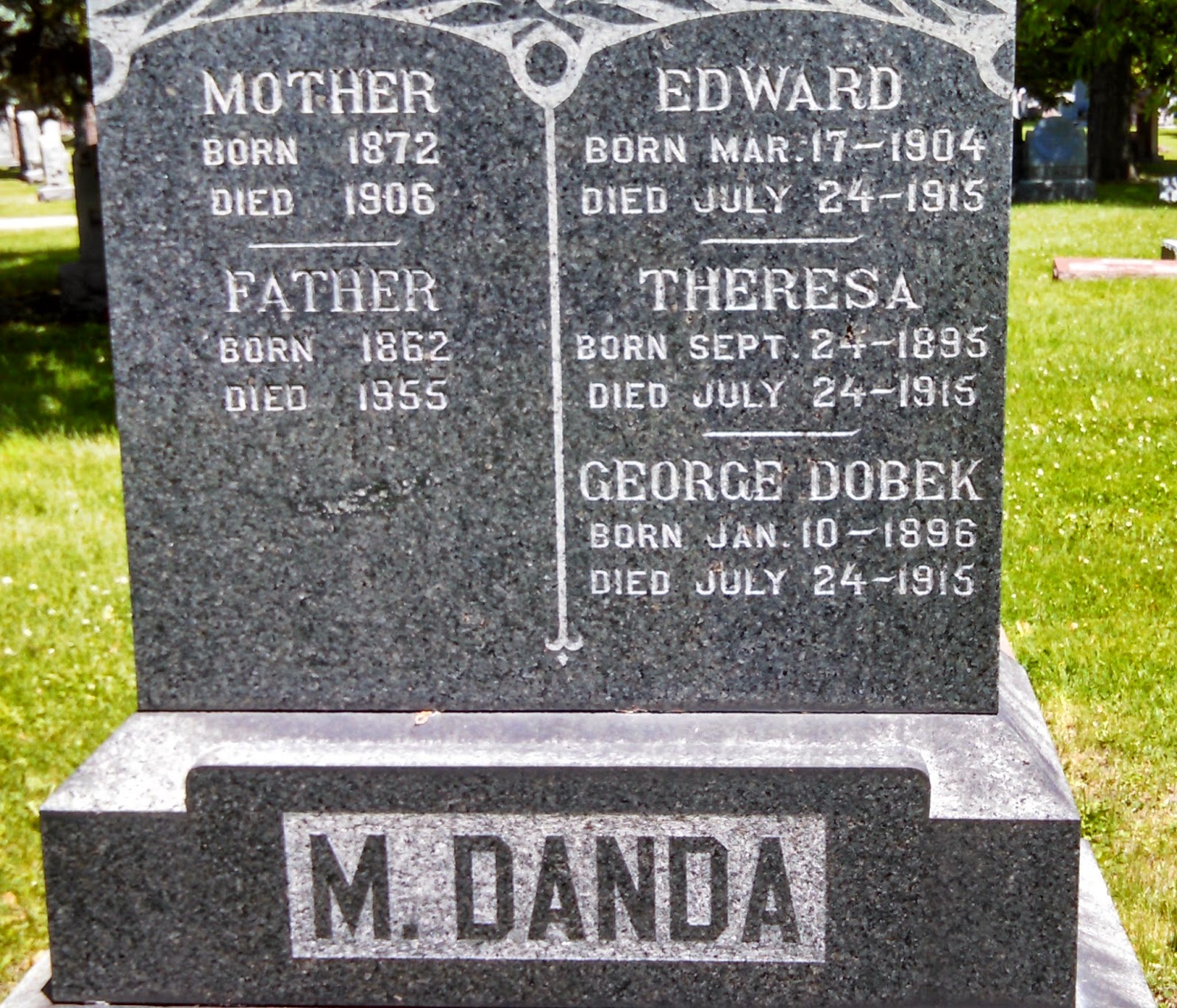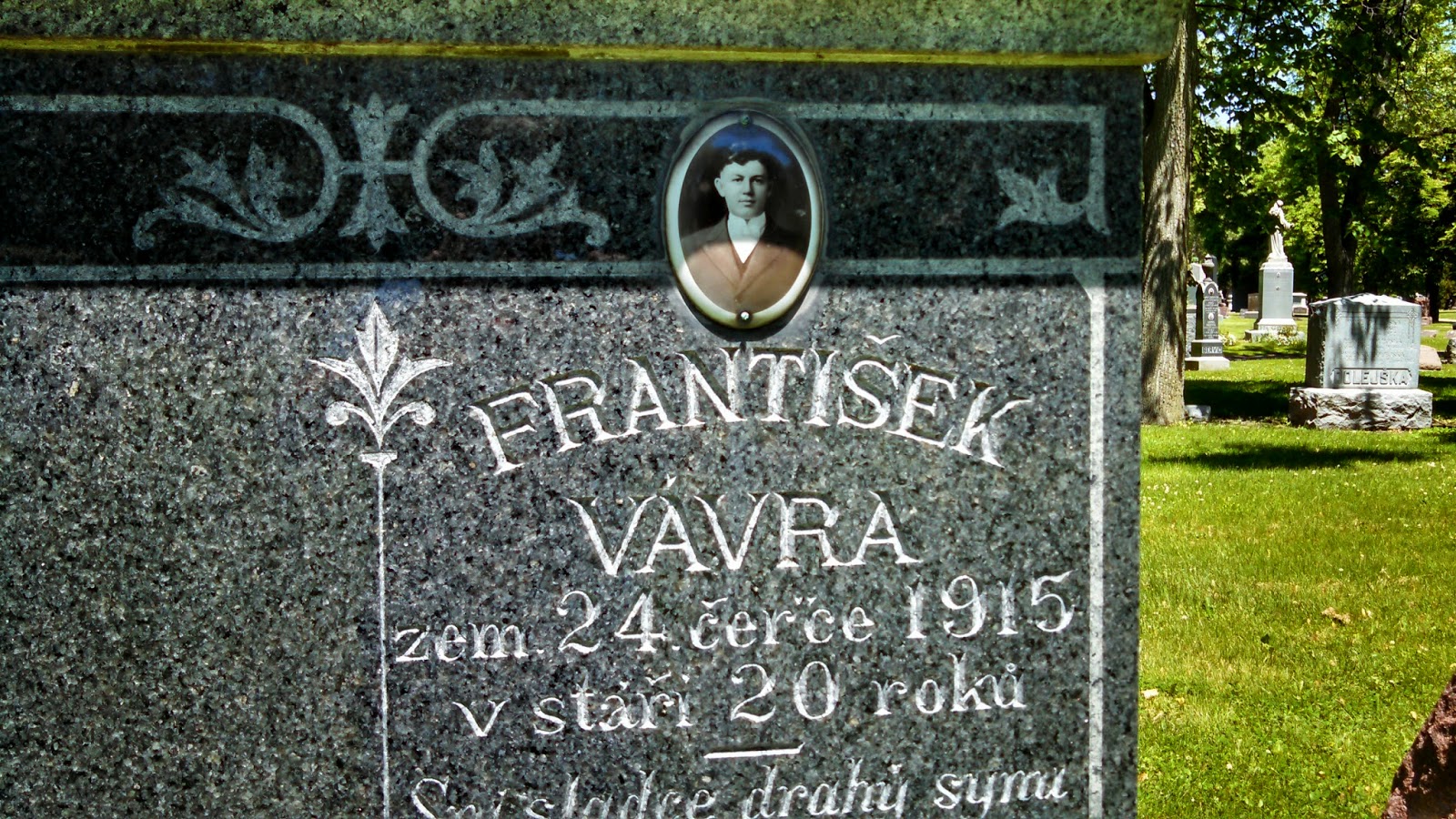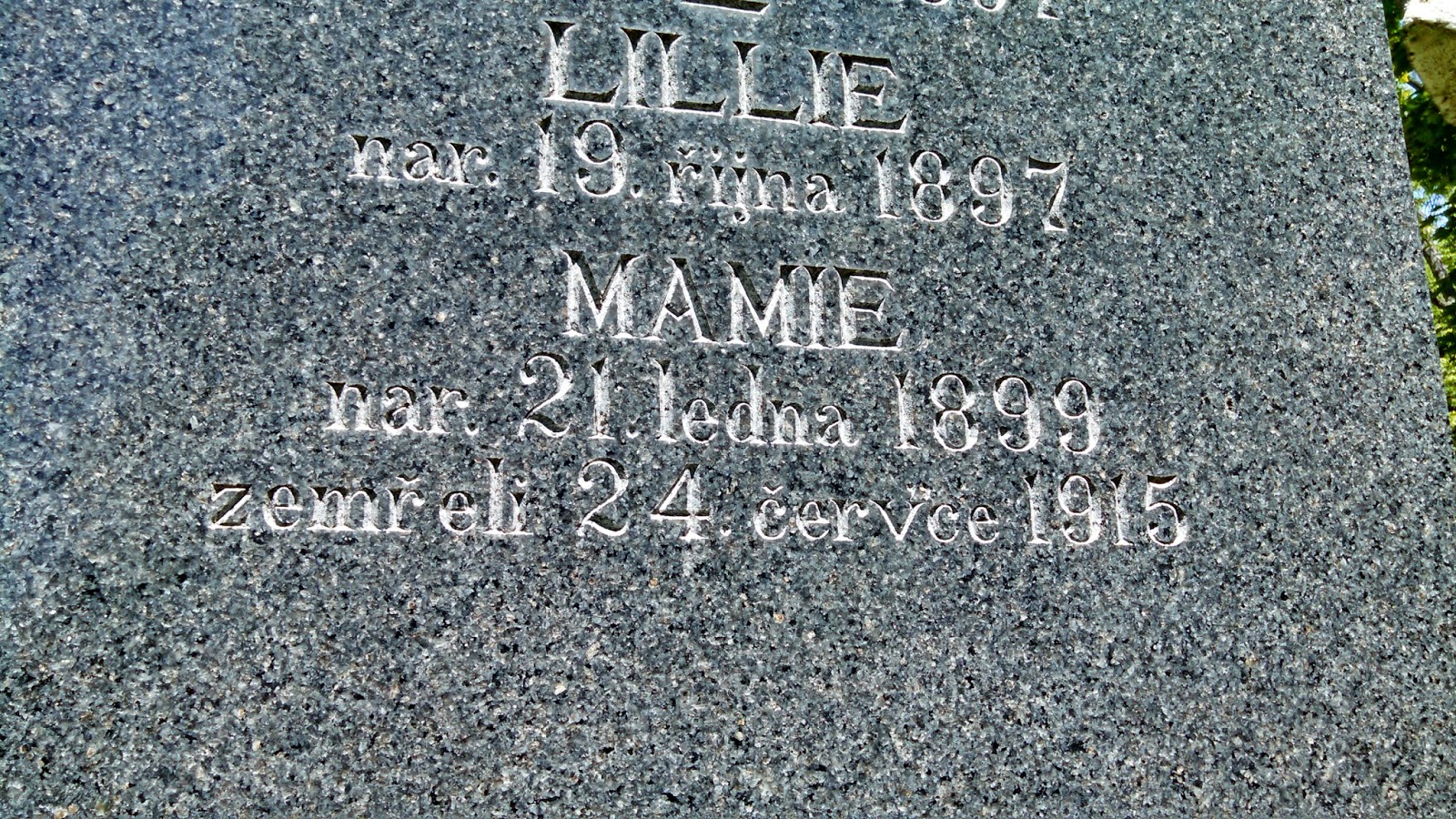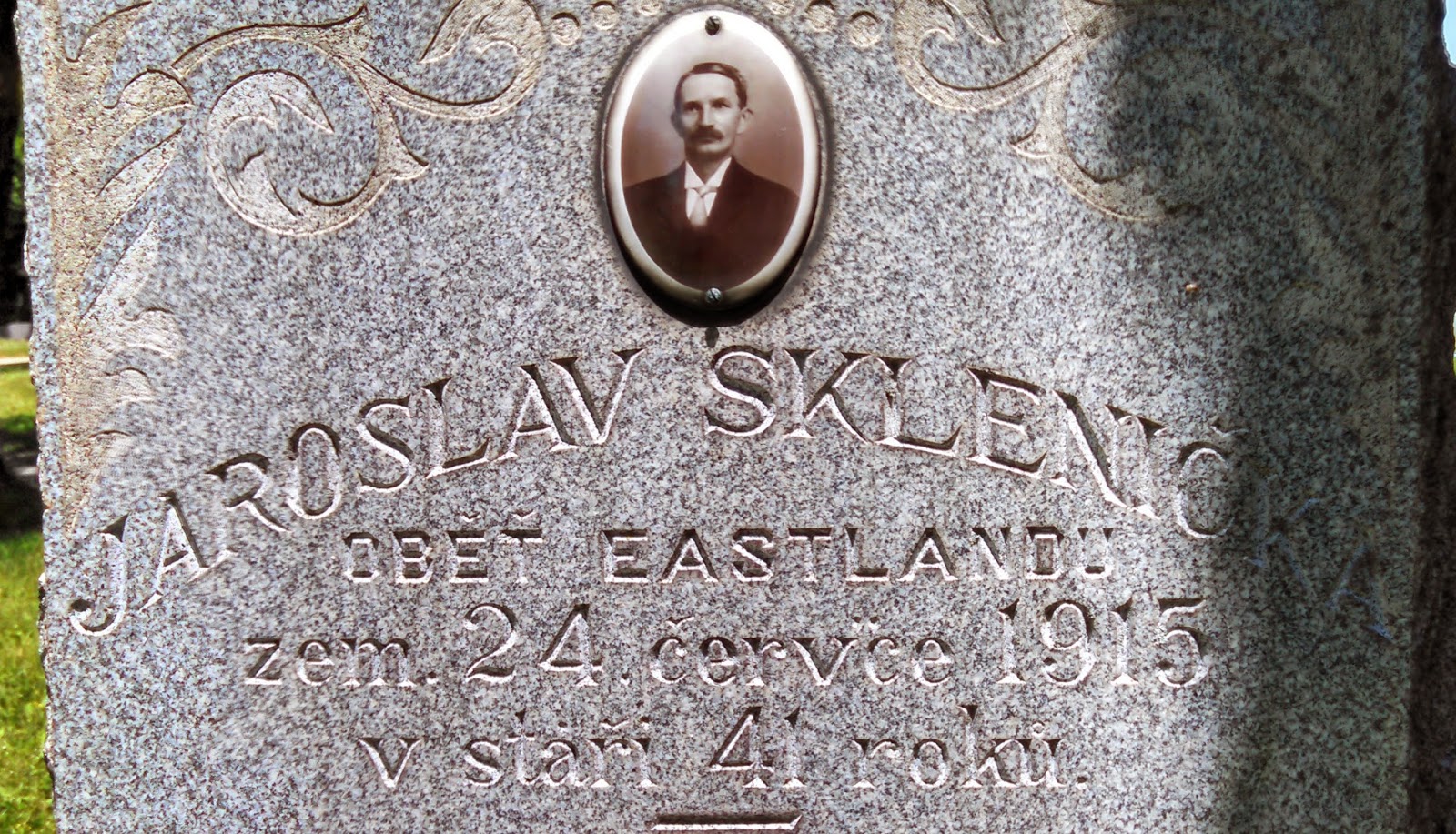WBEZ's Curious City project today brings us a look at the ubiquitous "two-flat" apartment home, found throughout Chicago and usually built between 1900 and 1920. The piece looks at what made this signature housing stock so popular.
SecondCityHistory
Thursday, August 21, 2014
Friday, August 15, 2014
HOW NORTH PARK VILLAGE AND PETERSON PARK WERE CREATED ON THE GROUNDS OF A FORMER SANITORIUM
While looking for some information on the area around Peterson Park in North Park, I came upon this 1989 story that does better than anything else I've found to explain the history of Peterson Park and adjacent North Park Village. The land for both is a former tuberculosis sanitorium that was closed in the mid-1970s and preserved by covenant to stave off feared commercial development.
Here's the Chicago Reader story from 1989
Here's the Chicago Reader story from 1989
Thursday, June 5, 2014
A CENTURY AGO, CHICAGO'S WORST DISASTER, NOW BARELY REMEMBERED
On the walk between my son's school and our house, I go by the Bohemian National Cemetery, walking past the place where thousands of the Czech and Slovak immigrants who helped build Chicago into the City That Works are finally able to rest. When you walk one section of the cemetery in particular, you notice that one date keeps showing up on the headstones: a striking number of people buried there died on July 24, 1915. In a few cases, you see a gravestone like that of the Danda family, where it's clear that several members of the same family, in this case what appear to be siblings: 19-year-old Theresa, and 11-year-old Edward, perished on that same day, along with 19-year-old George Dobek, perhaps a cousin, or maybe Theresa's husband.
On that morning, a ship called the Eastland was moored at a dock by the Clark St. Bridge in the Chicago River, one of five boats chartered by the Western Electric Co. to take employees down Lake Michigan to Michigan City, Indiana for a company picnic. Most of the company's employees were Czech immigrants who lived near the company in Cicero, or Hungarians and Poles who also lived in Berwyn and Cicero.
A light rain was falling as thousands began boarding the ships - about 2,500 would board the Eastland, known as the "Speed Queen of the Great Lakes," for an early morning departure, scheduled for around 7:30 a.m. The large number of passengers gathered on the dock side of the ship caused the already notoriously top heavy boat to list some toward the wharf. In response, crew members began pumping water into ballast tanks on the other side of the ship to steady it. It straightened, but then began listing to the port side, away from the dock. At quarter after 7, the ship was listing more than 10 degrees toward the river, and the chief engineer ordered starboard ballast tanks filled, but for some reason there was a delay of several minutes before the crew began pumping. Water was now coming on to the decks through a couple of gangways on the port side, and witnesses would later report that as the ship was casting off from the dock, it was listing as much as 30 degrees, and then 45 degrees. A piano slid across the promenade deck. Passengers started to panic, and right around the time she was supposed to depart, the Eastland slowly rolled onto her port side and capsized in about 20 feet of water.
With little warning, and no knowledge of what to do, hundreds were trapped. The disaster, the worst in Chicago history, killed 844 people, a huge blow to the city's sizable Czech community. More passengers died in the disaster than were killed in the sinking of the Titanic three years earlier. While more than 1,500 died when the Titanic sank, only about 700 of those were passengers with the rest of the deaths among the crew.
According to George W. Hilton's 1995 book Eastland: Legacy of the Titanic, the sinking wiped out 22 entire families, the largest being the Sindelar family, in which a husband, a wife, their five children, and the wife's sister, all perished. Twenty-four children became orphans because of the disaster. At Western Electric, one twine room where women worked wrapping material for phone lines, lost every one of its employees. The last known survivor of the disaster, Libby Hruby, died at age 99 in 2004.
Hilton argues that the disaster is largely forgotten to history, outside of the Czech community in Chicago, in part because of the low social standing of the working class immigrants who were its victims, contrasted, in particular with the huge historical attention focused on the Titanic, with its upper class victims.
After the disaster, the Eastland was raised, and refitted, becoming the Navy training vessel Wilmette, until she was scrapped in 1947.
References:
Eastland, Legacy of the Titanic. George W. Hilton, 1995.
The Eastland Disaster Historical Society.
"The Eastland Disaster," WTTW TV
Chicago Tribune Gallery of Eastland disaster photos
 |
| Edward, Theresa and George Dobek, members of the Danda family, all died on July 24, 1915, victims of the Eastland disaster. Photo: David Royse |
On that morning, a ship called the Eastland was moored at a dock by the Clark St. Bridge in the Chicago River, one of five boats chartered by the Western Electric Co. to take employees down Lake Michigan to Michigan City, Indiana for a company picnic. Most of the company's employees were Czech immigrants who lived near the company in Cicero, or Hungarians and Poles who also lived in Berwyn and Cicero.
A light rain was falling as thousands began boarding the ships - about 2,500 would board the Eastland, known as the "Speed Queen of the Great Lakes," for an early morning departure, scheduled for around 7:30 a.m. The large number of passengers gathered on the dock side of the ship caused the already notoriously top heavy boat to list some toward the wharf. In response, crew members began pumping water into ballast tanks on the other side of the ship to steady it. It straightened, but then began listing to the port side, away from the dock. At quarter after 7, the ship was listing more than 10 degrees toward the river, and the chief engineer ordered starboard ballast tanks filled, but for some reason there was a delay of several minutes before the crew began pumping. Water was now coming on to the decks through a couple of gangways on the port side, and witnesses would later report that as the ship was casting off from the dock, it was listing as much as 30 degrees, and then 45 degrees. A piano slid across the promenade deck. Passengers started to panic, and right around the time she was supposed to depart, the Eastland slowly rolled onto her port side and capsized in about 20 feet of water.
 |
| Photo, Chicago Tribune Archives |
With little warning, and no knowledge of what to do, hundreds were trapped. The disaster, the worst in Chicago history, killed 844 people, a huge blow to the city's sizable Czech community. More passengers died in the disaster than were killed in the sinking of the Titanic three years earlier. While more than 1,500 died when the Titanic sank, only about 700 of those were passengers with the rest of the deaths among the crew.
 |
| Photo David Royse |
 |
| Photo David Royse |
According to George W. Hilton's 1995 book Eastland: Legacy of the Titanic, the sinking wiped out 22 entire families, the largest being the Sindelar family, in which a husband, a wife, their five children, and the wife's sister, all perished. Twenty-four children became orphans because of the disaster. At Western Electric, one twine room where women worked wrapping material for phone lines, lost every one of its employees. The last known survivor of the disaster, Libby Hruby, died at age 99 in 2004.
Hilton argues that the disaster is largely forgotten to history, outside of the Czech community in Chicago, in part because of the low social standing of the working class immigrants who were its victims, contrasted, in particular with the huge historical attention focused on the Titanic, with its upper class victims.
After the disaster, the Eastland was raised, and refitted, becoming the Navy training vessel Wilmette, until she was scrapped in 1947.
References:
Eastland, Legacy of the Titanic. George W. Hilton, 1995.
The Eastland Disaster Historical Society.
"The Eastland Disaster," WTTW TV
Chicago Tribune Gallery of Eastland disaster photos
Subscribe to:
Posts (Atom)
